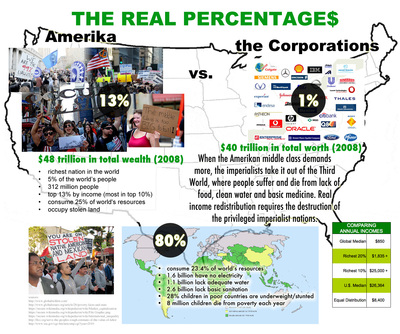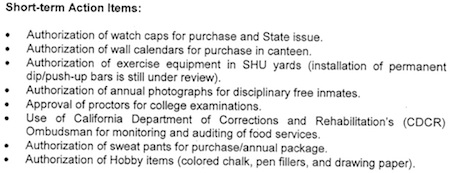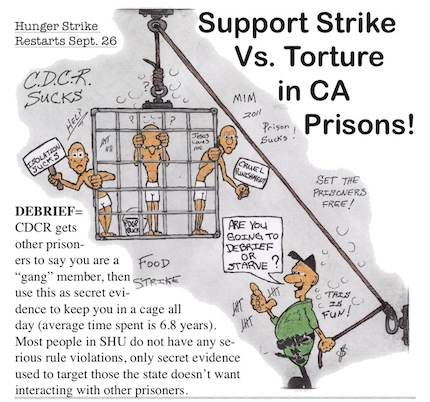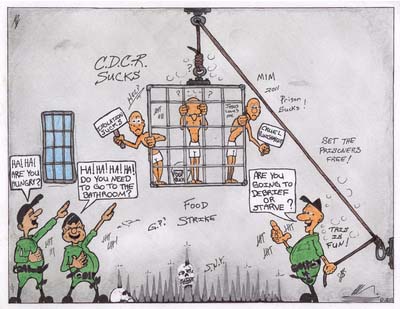
In Time: Proletarian Premise with Focoist Mistakes
Set in the year 2161, In Time is a science fiction film portraying a world where people stop aging when they hit 25 years old. At that point they have one year of life in their bank, and living time has become the currency instead of money. When a person’s time runs out they die instantly, and so rich people have lots of time, while poor people live in ghettos, living day to day, barely earning enough to survive another 24 hours. Poor people literally have to rush around to earn enough time to survive, eat and pay their bills, while rich people can waste time relaxing or doing nothing, without fear of death.
This movie has a solid proletarian premise with the few rich bourgeois people living at the expense of the poor masses. “For a few immortals to live many people must die.” The movie’s hero, Will Salas, learns that there is plenty of time for everyone from a wealthy man who is ready to die and transfers all his remaining time to Will in order to commit suicide. Will decides to use this time to seek revenge and end the brutal rule of the time rich.
When Will buys his way into New Greenwich where the rich live entirely separate from the poor masses, he meets a young woman, Sylvia, who suggests that rich people don’t really live because they spend all their time trying to avoid accidental death. This is not a bad point to make: capitalism’s culture is bad for everyone, including the bourgeoisie. But the case of Sylvia is a pretty good example of what happens in real life: only a very few of the bourgeoisie will commit class suicide and join the proletarian cause and the youth are the most likely to do this.
Sylvia and Will set out to steal time from Sylvia’s father’s companies and redistribute the wealth to the poor people. They plan to distribute time in such large quantities so as to bring the entire system down. This is where the politics of the movie fall apart. Capitalism will not be ended with a quick massive redistribution of wealth liberated from the banks by a few focoist fighters.
The In Time world includes police who enforce the system. The Timekeepers work for the wealthy to ensure the poor never escape their oppression. But the Timekeepers seem to have very limited resources and staff so it’s not so difficult for two people to out run and out smart them. And except for one key Timekeeper, the others are happy enough to just give up and stop defending the rich. Under capitalism the ruling class understands the importance of militarism to maintain their position and they won’t trust enforcement to just a few cops.
In another interesting parallel, In Time includes a few characters who play the part of the lumpen, stealing time from the poor. At one point, the leader of this lumpen group explains that the Timekeepers leave them alone because they don’t try to steal from the rich.
History has plenty of examples of a few focoists setting out to take back wealth to help the people and ending up in prison or dead, often bringing more repression down on themselves and the masses. A quick action to liberate money from banks will not put an end to the system of imperialist repression. True and lasting liberation will only come from a protracted struggle organizing the oppressed masses to fight and overthrow the imperialist system.
The other major political flaw of In Time is the complete lack of any parallel to the national oppression that inevitably exists under imperialism. In the movie the oppressed and the wealthy are mostly white. There are a few Blacks and people who might be other nationalities among the oppressed, but they all are oppressed equally. National distinctions have disappeared and class oppression is all that exists. While this is a fine science fiction premise, we fear that the Amerikan petty bourgeois audience will see in this movie false parallels to life in the U.$. where workers actually have more in common with the time rich people than the poor in the movie. The reason for this, found in imperialism and the superexploitation of colonial people, doesn’t exist anywhere in this movie. And with an audience that likes to consider itself part of the 99% oppressed, this movie is going to reinforce this mistake of ignoring the global context of imperialism.
Related Articles:











